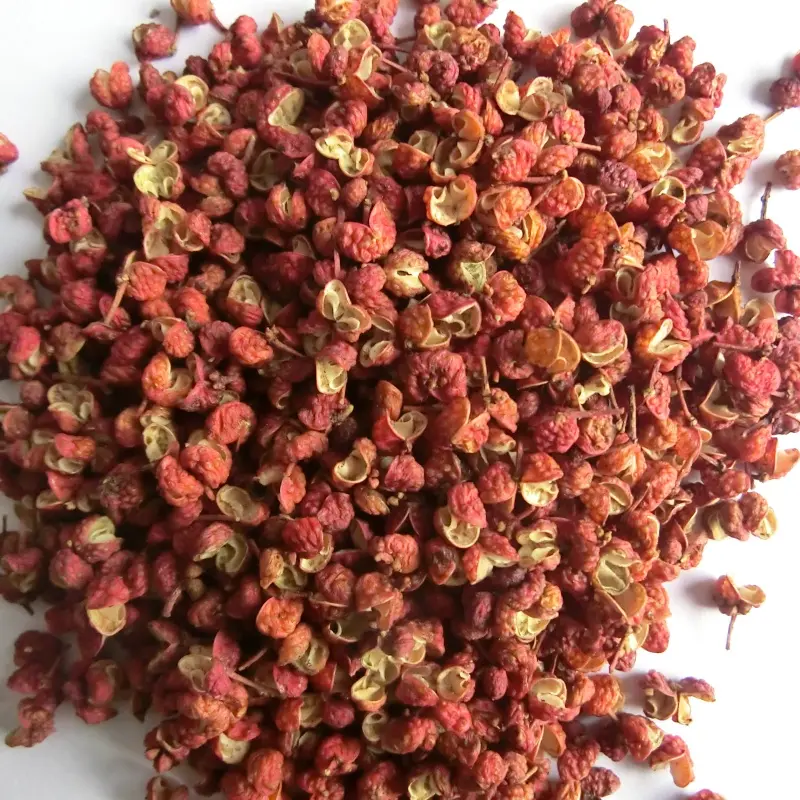Szechuan peppercorns (Zanthoxylum species), known for their distinctive numbing sensation and citrusy aroma, have gained international popularity in recent years. Once considered an exotic spice primarily used in traditional Chinese cuisine, Szechuan peppercorns are now a staple in kitchens around the world. This article explores the sourcing, pricing, quality standards, and global trends surrounding Szechuan peppercorns, providing practical insights for those looking to purchase or sell them.
1. Sourcing of Szechuan Peppercorns
Szechuan peppercorns, renowned for their unique flavor and numbing sensation, are primarily cultivated in the mountainous regions of Sichuan, Yunnan, and Guizhou provinces in China. These areas provide the ideal climate and soil conditions for producing high-quality peppercorns, where the cool temperatures and rich, well-drained soils contribute to the spice's distinctive taste profile. The cultivation of Szechuan peppercorns is deeply rooted in traditional agricultural practices, often involving small-scale farmers who harvest the spice by hand, ensuring careful selection and quality control.
The two most common varieties of Szechuan peppercorns are green and red, each harvested at different times of the year to showcase distinct flavor profiles. Green Szechuan peppercorns are typically harvested earlier in the growing season, around July to August. These young peppercorns deliver a fresher, more citrusy flavor, making them a popular choice for dishes that require a bright and aromatic kick. The vibrant green hue indicates their freshness and adds visual appeal to culinary creations.
In contrast, red Szechuan peppercorns are harvested later in the season, often between September and October. They develop a deeper, earthy flavor, with a more pronounced numbing effect that is characteristic of the spice. The red peppercorns tend to have a slightly bolder taste, making them ideal for hearty dishes and sauces.
While China remains the largest producer and exporter of Szechuan peppercorns, other countries, including Vietnam and India, have begun to grow small quantities to meet the rising global demand. However, peppercorns from Sichuan province are still regarded as the gold standard due to their superior quality, consistent flavor, and higher concentration of sanshools, the compound responsible for the numbing sensation that sets Szechuan peppercorns apart from other spices. As the international market continues to expand, the importance of quality sourcing will be essential for maintaining the integrity and reputation of this unique spice.
2. Quality and Specifications
When purchasing Szechuan peppercorns for international markets, quality is a paramount consideration. The unique attributes of this spice make it highly sought after, but the quality can vary significantly based on factors such as color, size, aroma, and the potency of the numbing sensation. Understanding these qualities is essential for buyers looking to source Szechuan peppercorns that meet their culinary and commercial needs.
Quality Grades
The grading system for Szechuan peppercorns typically includes three primary categories, each reflecting different quality levels:
Grade A:
Grade A Szechuan peppercorns are characterized by their large, vibrant colors, which can range from bright green to deep red. These peppercorns have minimal seeds and exhibit a strong numbing effect along with a fresh, citrusy aroma. Their high quality makes them ideal for premium culinary applications, where the flavor and sensory experience are paramount. Chefs often prefer Grade A peppercorns for gourmet dishes, where presentation and flavor complexity are crucial.Grade B:
Grade B Szechuan peppercorns are slightly smaller than Grade A and may contain some seeds mixed in. While the flavor remains good, the numbing sensation may not be as intense as that of Grade A peppercorns. This grade is suitable for restaurants and food manufacturers who seek a balance between quality and cost. Grade B peppercorns can be effectively used in everyday cooking, spice blends, and sauces, providing good flavor at a more accessible price point.Grade C:
Grade C represents lower-quality Szechuan peppercorns, often featuring a higher seed content and less robust flavor. While they may lack the aromatic qualities of higher grades, they can still be suitable for bulk purchases or industrial use. Grade C peppercorns are frequently employed in spice blends, food processing, or other applications where flavor intensity is less critical. They provide a cost-effective option for manufacturers and suppliers looking to minimize expenses.
Common Specifications
To ensure consistency and quality in Szechuan peppercorns, several specifications are commonly assessed during the purchasing process:
Moisture Content:
The moisture content of Szechuan peppercorns should ideally be ≤ 12%. Excess moisture can lead to mold growth and degradation of flavor, so proper drying methods are crucial before packaging. Low moisture content also contributes to the longevity and shelf stability of the peppercorns.Seed Content:
A maximum of ≤ 3% seed content is generally acceptable in higher-quality grades. Higher seed content can detract from the flavor and aromatic properties of the peppercorns, making it important to source from reputable suppliers who prioritize seed removal during processing.Sanshool Concentration:
The concentration of sanshools, the active compound responsible for the numbing effect, varies between 3–7%, depending on the quality. Higher sanshool concentrations are generally found in Grade A peppercorns, making them more desirable for culinary uses. Suppliers may provide testing results to confirm sanshool levels.Packaging:
Szechuan peppercorns are typically sold in bulk packaging sizes of 25kg or 50kg sacks for larger orders. For smaller businesses, retail packages of 250g to 1kg are also common. Proper packaging is essential to maintain the integrity of the peppercorns, protecting them from moisture, light, and air exposure, which can diminish flavor over time.
Understanding the quality grades and specifications of Szechuan peppercorns is essential for buyers seeking to source this unique spice effectively. By prioritizing factors such as color, size, aroma, and sanshool concentration, purchasers can ensure they receive high-quality peppercorns that meet their culinary and commercial needs. As the international market for Szechuan peppercorns continues to grow, maintaining quality standards will be crucial for suppliers aiming to satisfy the increasing demand from chefs and consumers alike.
3. Szechuan Peppercorn Pricing
The pricing of Szechuan peppercorns fluctuates based on quality, demand, and availability. Here’s a general price breakdown in 2024, based on bulk purchases (prices may vary depending on the supplier and market conditions).
| Type | Grade | Price (per kg) | Origin |
|---|---|---|---|
| Green Szechuan Peppercorns | Grade A | $45–$55 | Sichuan, China |
| Green Szechuan Peppercorns | Grade B | $30–$40 | Sichuan, China |
| Red Szechuan Peppercorns | Grade A | $40–$50 | Sichuan, China |
| Red Szechuan Peppercorns | Grade B | $25–$35 | Sichuan, China |
| Red Szechuan Peppercorns | Grade C | $10–$20 | Guizhou, China |
| Mixed Green and Red | Industrial grade | $8–$15 | Various sources |
Prices can be significantly higher for organic or specialty peppercorns, which are grown without pesticides and undergo stricter quality control.
4. Global Market Trends
The global demand for Szechuan peppercorns has increased steadily, driven by their growing use in international cuisine and health-related industries. Here are some key trends affecting the market:
1. Expanding Culinary Use
Once limited to Sichuan and Chinese cuisine, Szechuan peppercorns are now being adopted by chefs worldwide for use in fusion dishes, from Asian-inspired cocktails to spice rubs for grilled meats. The numbing sensation, known as "ma" in Chinese, adds a unique layer of complexity to flavors, making it popular in fine dining.
2. Health Benefits
Szechuan peppercorns are also gaining attention for their medicinal properties. The sanshool compound has anti-inflammatory and pain-relieving properties, which have led to increased interest from the wellness and natural health sectors. According to traditional Chinese medicine (TCM), Szechuan peppercorns can help stimulate digestion and reduce bloating, further enhancing their market value.
3. Increasing Demand for Organic and Specialty Products
With consumers increasingly prioritizing organic and sustainably sourced products, there is growing demand for organic Szechuan peppercorns. These products typically command a 20–30% premium over conventionally grown varieties.
4. Online Sales and Direct-to-Consumer Markets
The rise of e-commerce platforms like Amazon, Alibaba, and specialty spice retailers has made it easier for consumers and small businesses to access high-quality Szechuan peppercorns. Bulk purchases are no longer limited to wholesalers, as businesses are increasingly selling direct to consumers, making these peppercorns more accessible.
5. Supply Chain Challenges
Like many agricultural products, Szechuan peppercorns are subject to supply chain disruptions caused by weather conditions, harvest yields, and transportation issues. For example, droughts in 2022 and 2023 impacted harvests in parts of Sichuan province, leading to price fluctuations. Buyers should anticipate seasonal shifts in availability and plan their orders accordingly.
5. Szechuan Peppercorn Market Forecast
The global market for Szechuan peppercorns is poised for significant growth, with an expected compound annual growth rate (CAGR) of 6.8% from 2024 to 2028. This expansion is largely driven by increasing demand in major markets such as North America, Europe, and the Asia-Pacific regions. The rising interest in Sichuan cuisine and Asian fusion dishes has particularly fueled this demand in the U.S. and European countries, leading to a notable spike in imports of this unique spice.
As culinary trends evolve, chefs and home cooks alike are exploring the complex flavors that Szechuan peppercorns bring to their dishes. The spice is increasingly being used in a variety of culinary applications, from traditional Sichuan recipes like Mapo Tofu to innovative fusion dishes that blend Asian and Western flavors. The distinct numbing sensation and citrusy aroma of Szechuan peppercorns add a layer of complexity that appeals to adventurous eaters and those seeking to diversify their palate.
In 2023, China exported over 10,000 tons of Szechuan peppercorns, marking a 20% increase from the previous year. This surge in exports reflects the spice’s expanding global footprint and growing recognition among chefs and consumers worldwide. The rise in exports can be attributed to several factors, including the increasing popularity of authentic Asian cuisine, the demand for unique flavor profiles in gourmet cooking, and the heightened interest in spice-based wellness.
As more chefs embrace Szechuan peppercorns in their culinary repertoire, the growth trend is likely to continue. Culinary schools and cooking shows are also highlighting this spice, further promoting its use in both professional and home kitchens. Additionally, the increasing availability of Szechuan peppercorns through e-commerce platforms has made it easier for consumers to access this exotic ingredient. As the market evolves, suppliers and producers must adapt to changing consumer preferences and ensure high-quality offerings to meet the increasing demand for Szechuan peppercorns.
6. Conclusion
Szechuan peppercorns have evolved from a regional spice to a globally sought-after ingredient, prized for their complex flavor and medicinal benefits. Sourcing high-quality peppercorns from reputable suppliers in Sichuan and ensuring proper storage are key factors in maintaining their flavor and numbing effects.
As demand grows in both culinary and health markets, staying updated on pricing trends, market developments, and supply chain challenges will be essential for businesses looking to capitalize on the rising popularity of Szechuan peppercorns. Whether you are a chef, wholesaler, or spice retailer, understanding the nuances of this unique spice can help you make informed purchasing decisions.
Manna Food is a leading exporter of Szechuan peppercorns based in China, specializing in providing high-quality products to chefs, wholesalers, spice retailers, and anyone else in need of this unique spice. With a deep understanding of the global market and a commitment to excellence, we offer a diverse range of Szechuan peppercorns in various grades, ensuring that we meet the specific needs of our clients.
Our Szechuan peppercorns are sourced from the renowned growing regions of Sichuan, Yunnan, and Guizhou, where the ideal climate and soil conditions yield superior quality spices. We take pride in our competitive pricing, making it easier for businesses around the world to incorporate Szechuan peppercorns into their culinary creations. Whether you are a restaurant looking to enhance your menu or a retailer seeking to provide your customers with authentic flavors, we have the right product for you.
We prioritize quality assurance and sustainability in our sourcing and export processes, ensuring that our clients receive only the best. If you are interested in purchasing Szechuan peppercorns, we invite you to contact us. Our dedicated team is ready to assist you with your orders and provide any information you may need to make informed purchasing decisions. We look forward to partnering with you and bringing the distinctive taste of Szechuan peppercorns to your market!

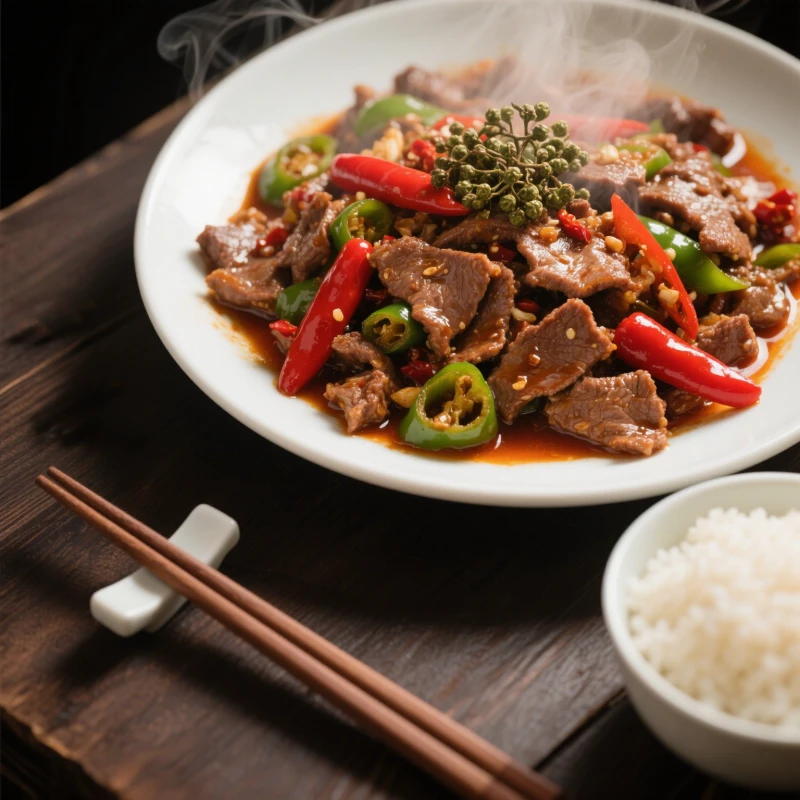

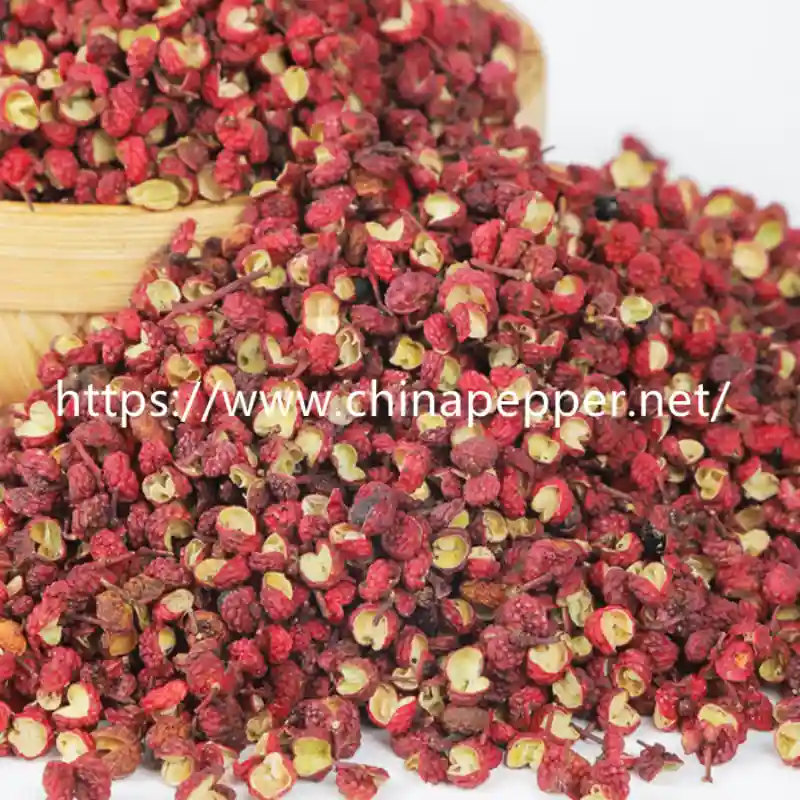
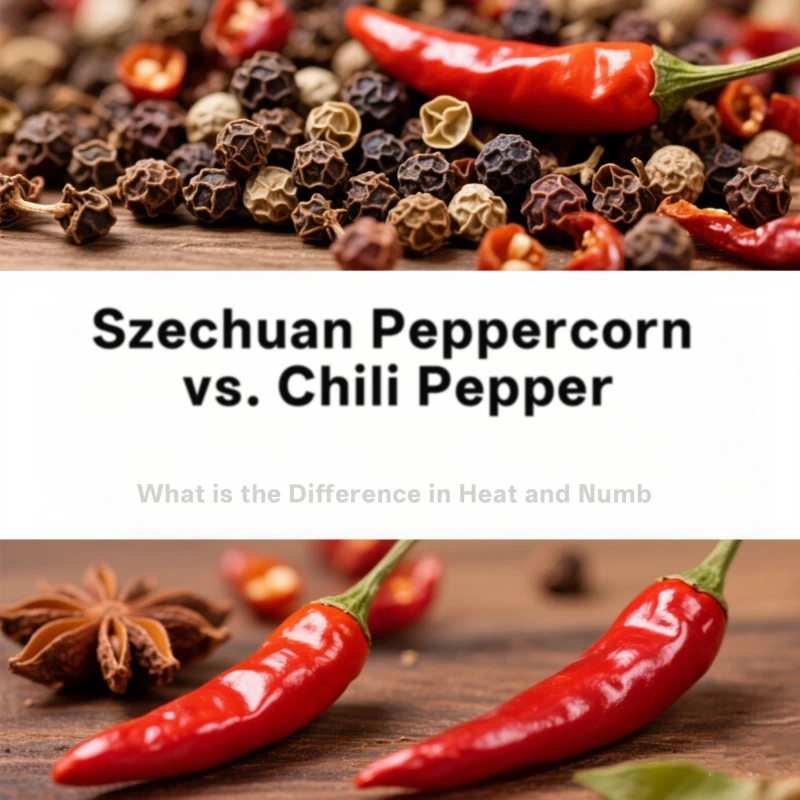
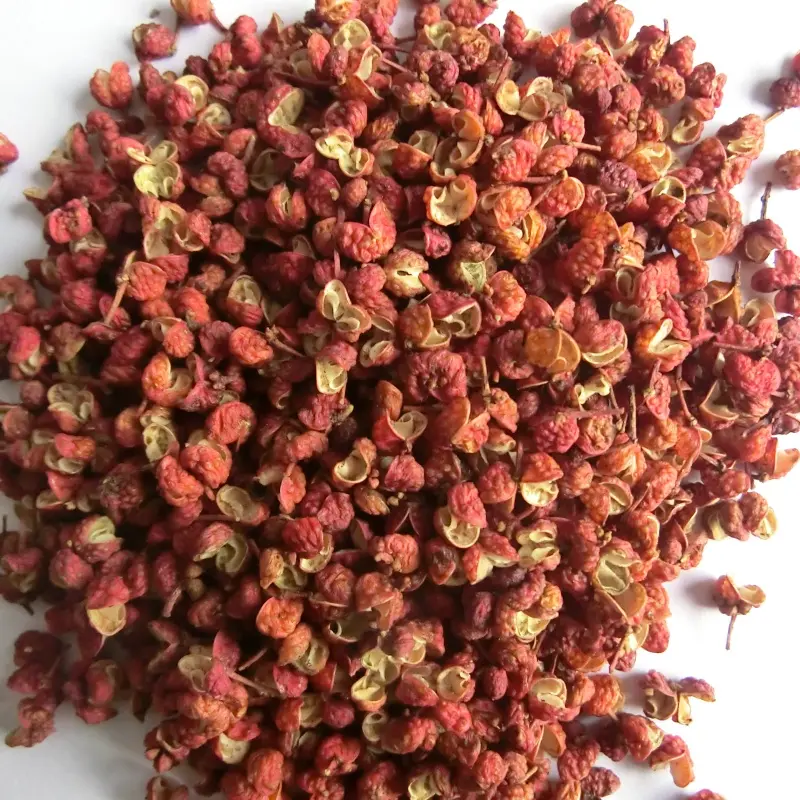
811.webp)

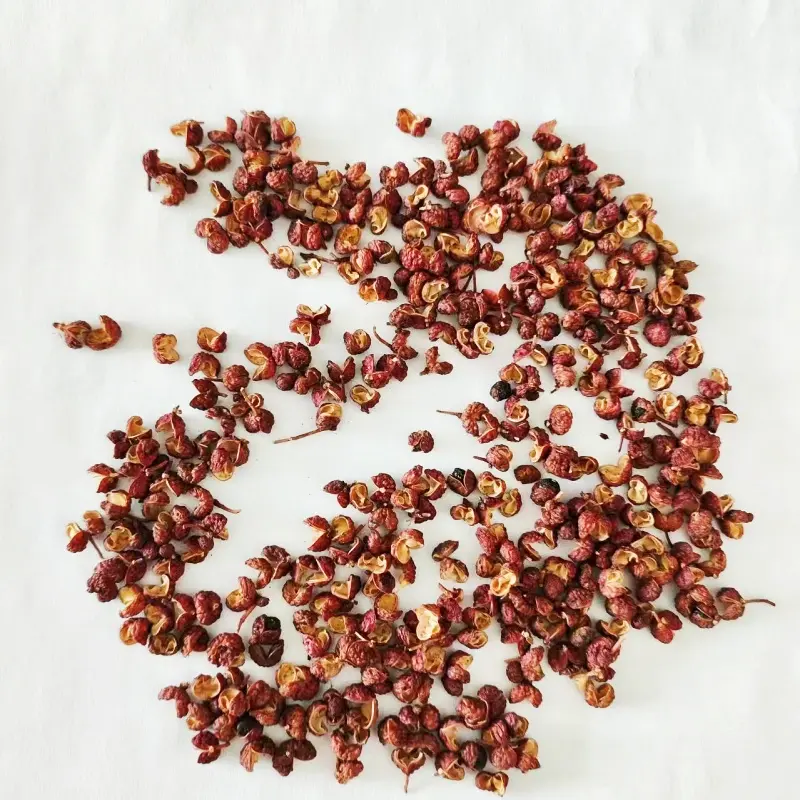
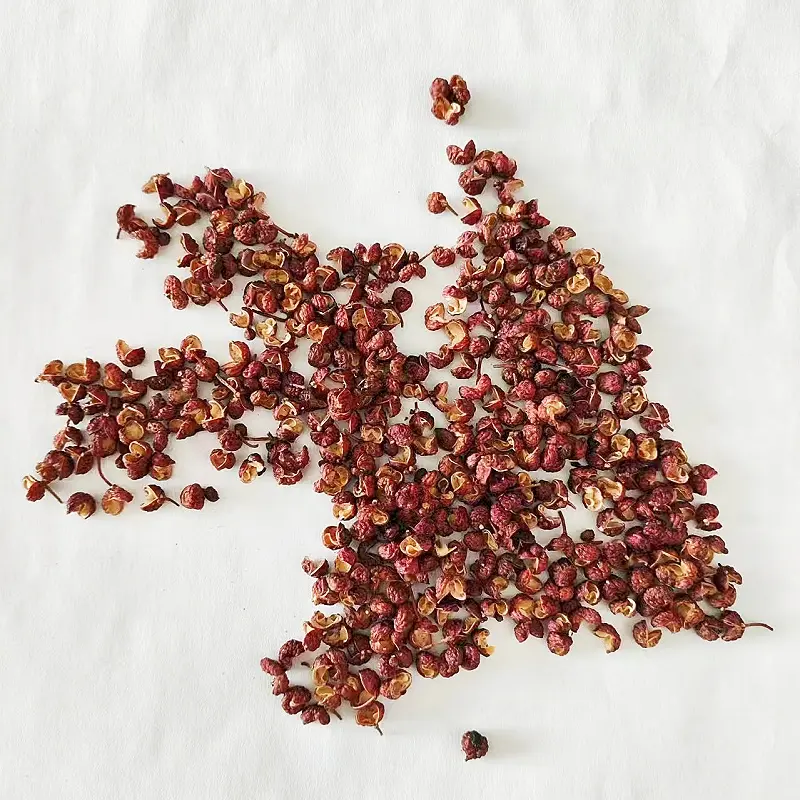
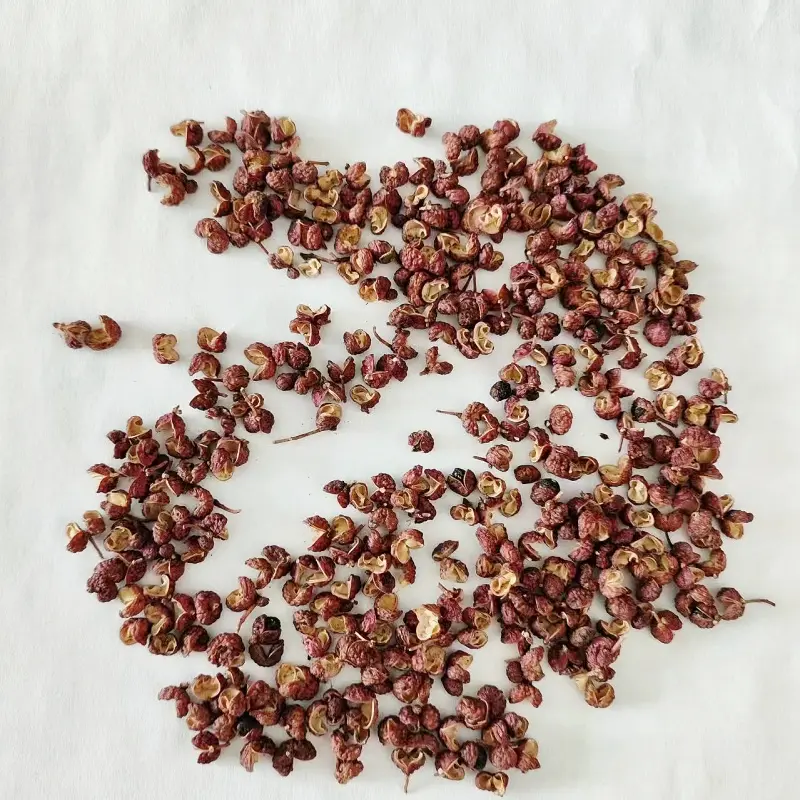
114.webp)
